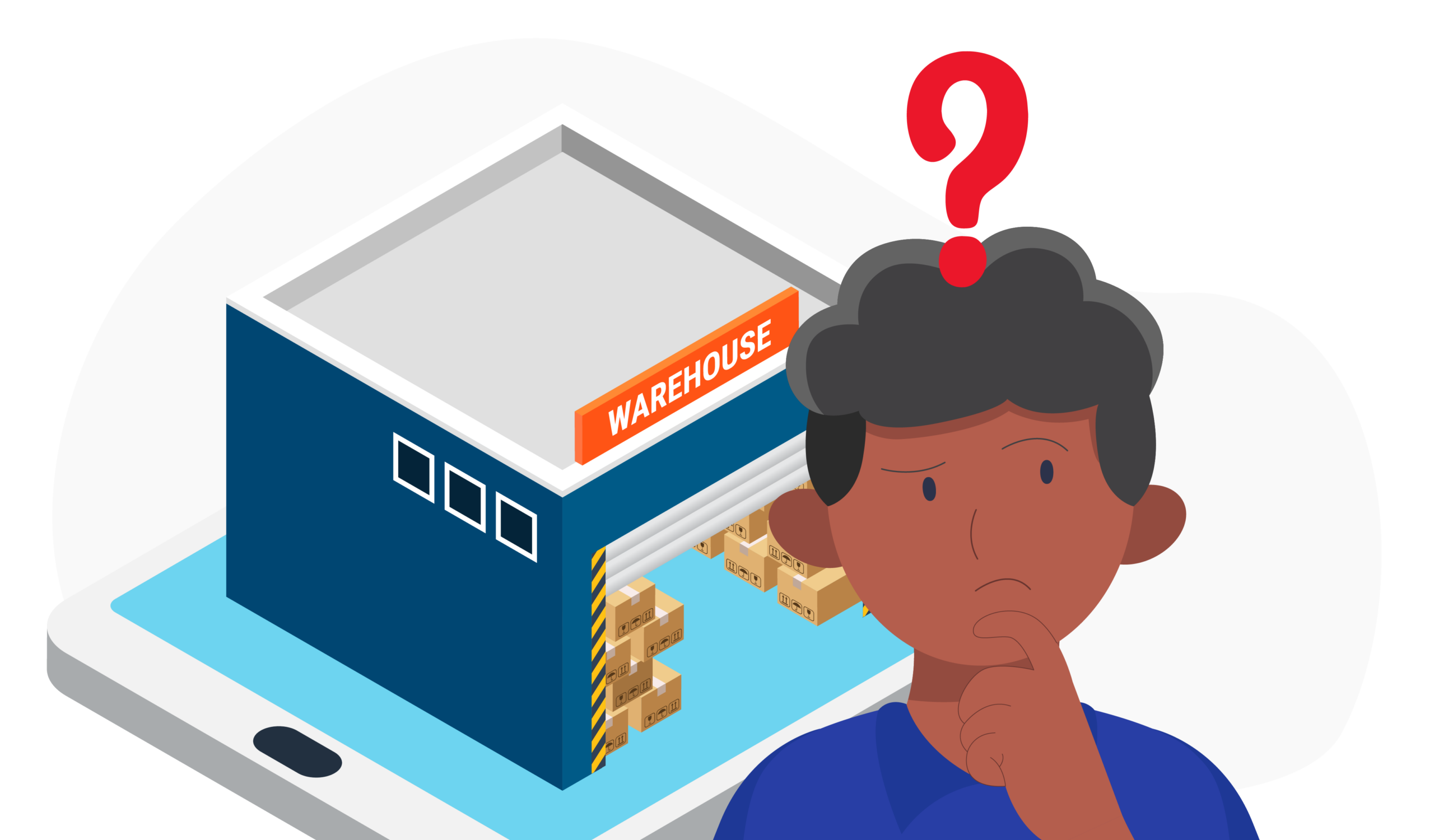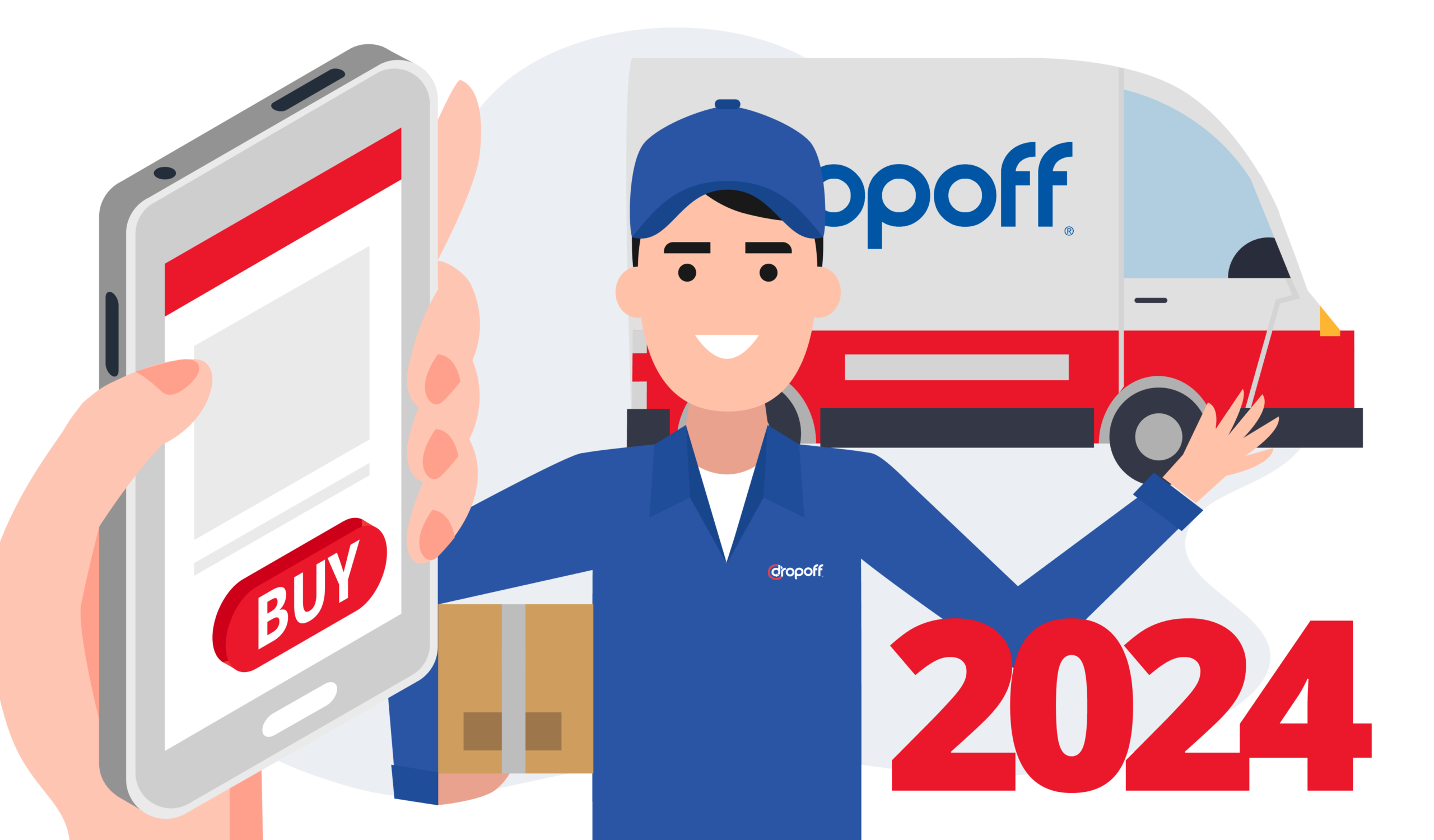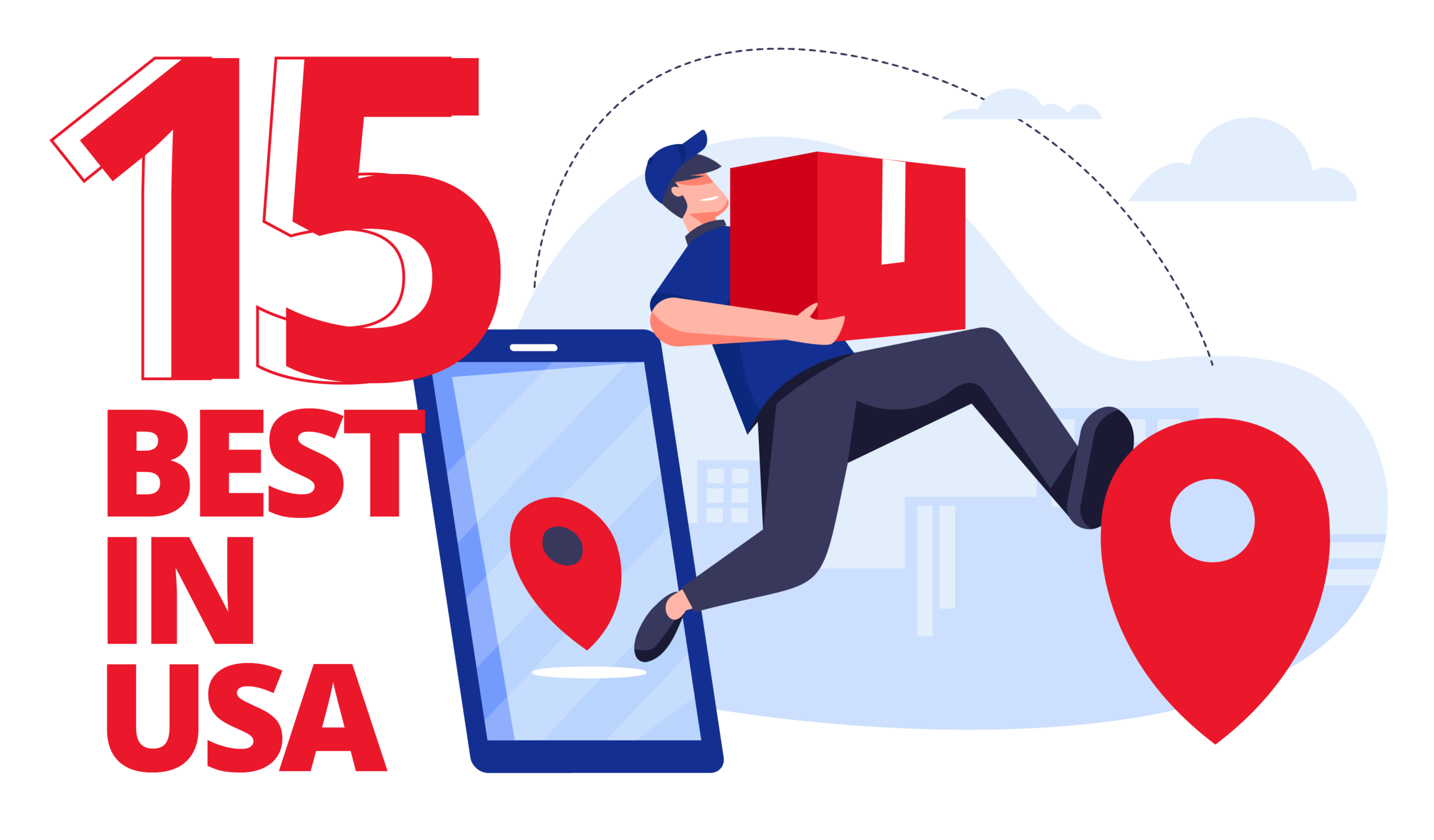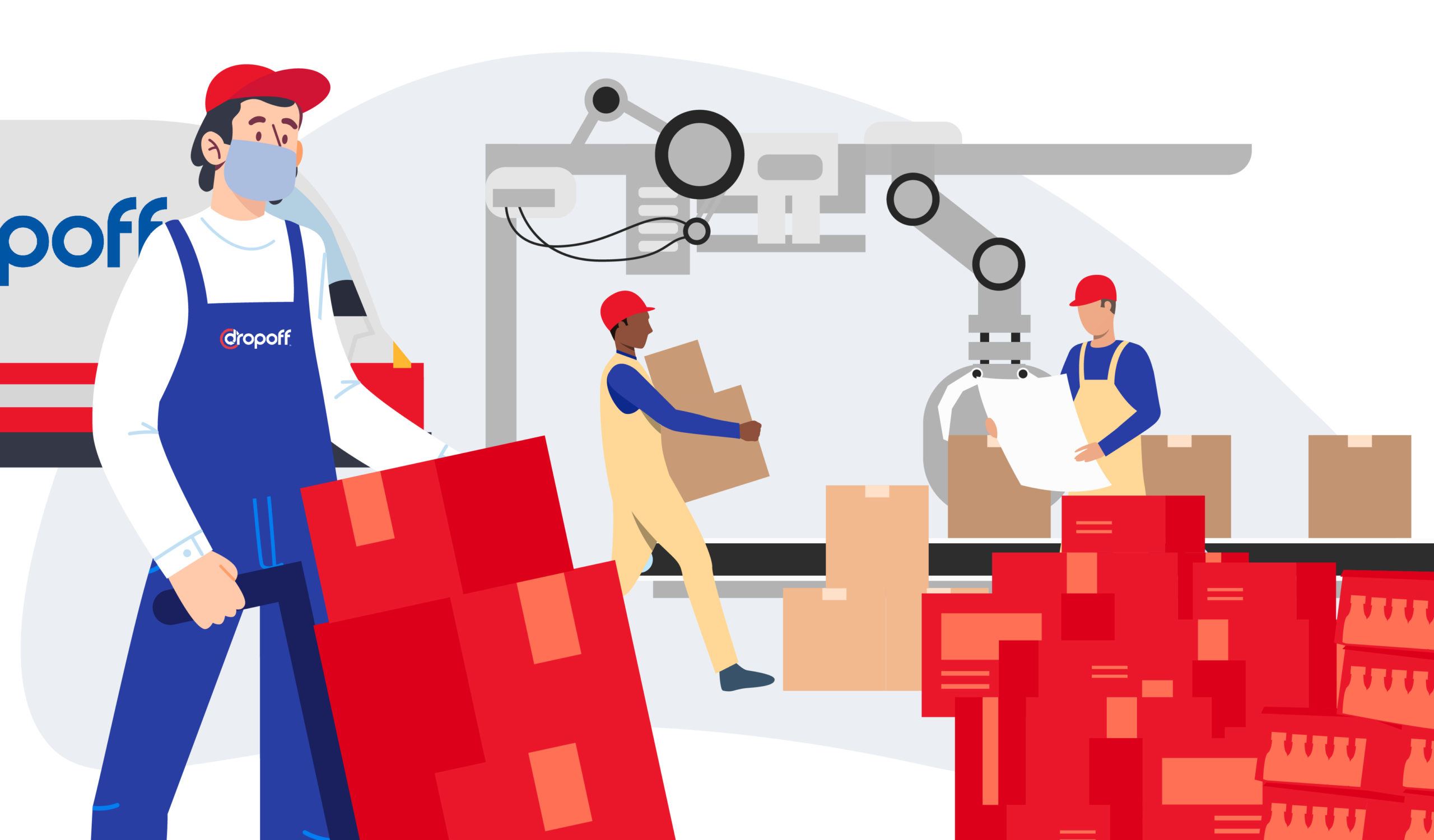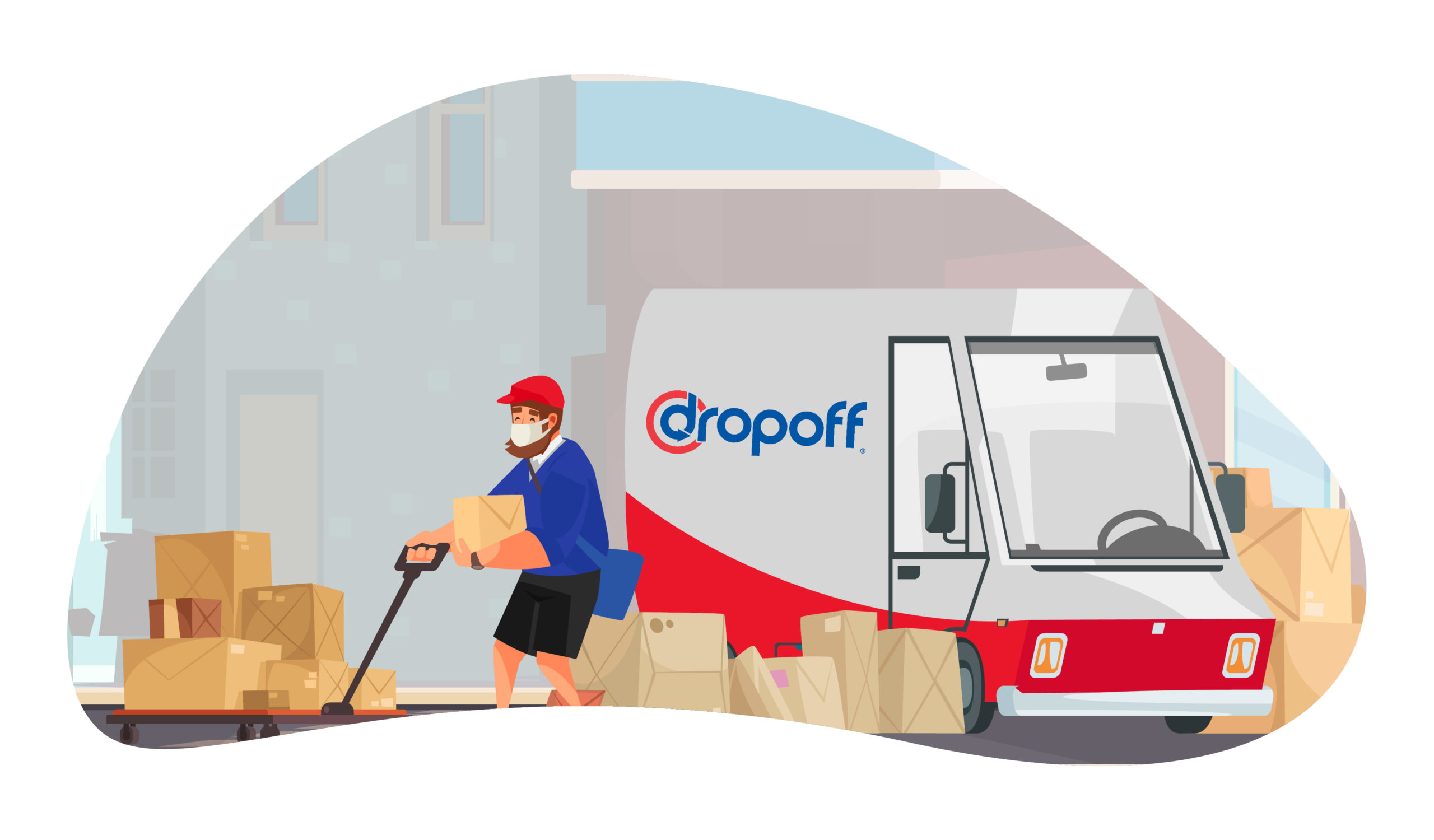E-Commerce Enablement: Step-by-Step Guide For Any Store In 2024
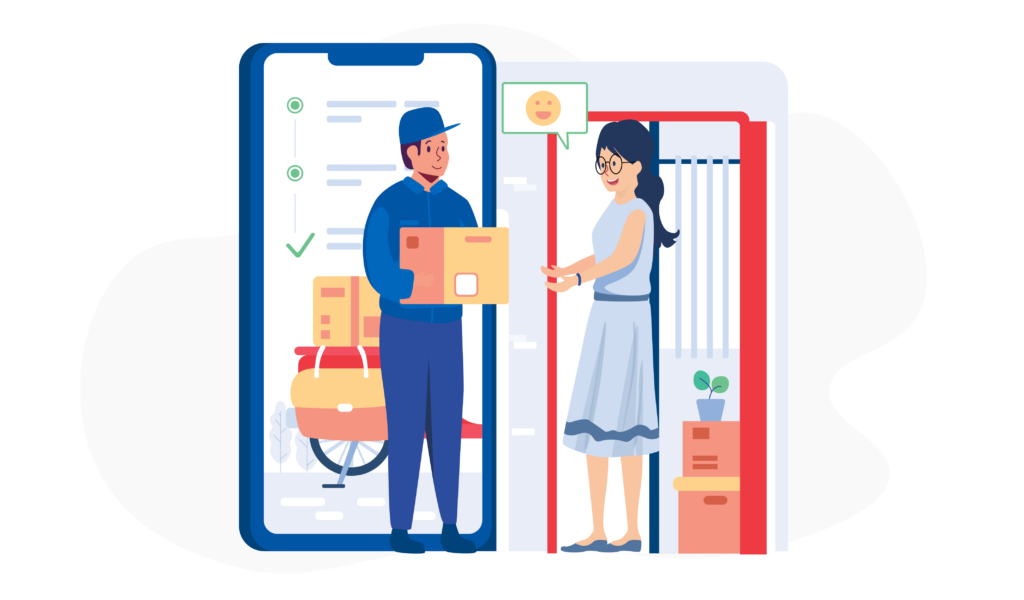
With consumers increasingly turning to online shopping for convenience, mastering e-commerce enablement is imperative for businesses seeking to meet customer demands and stay ahead of the curve.
In this guide, we’ll delve into the importance of e-commerce enablement in 2024, discuss its key components, and provide a practical step-by-step approach to help you navigate the process effectively.
The 2024 E-Commerce Landscape: Statistics You Need to Know
Claiming that the e-commerce landscape is merely growing would be an understatement—fundamentally reshaping how people shop. If this trajectory continues, businesses lacking a robust e-commerce presence risk falling behind in their market’s competition.
To illustrate this point, here are some key statistics about the e-commerce industry you should know.
– In 2023, global online purchases totaled over 2.64 billion.
– By 2026, the e-commerce market is projected to exceed $8.1 trillion.
– 80% of US internet users have made online purchases.
– Total package delivery volume increased by an estimated 70%.
– More than half of eCommerce customers purchase if they find favorable delivery terms.
– 85% of online shoppers in the United States express dissatisfaction with delivery services.
– Free delivery incentives prompt 90% of consumers to make purchases.
– 40% of US online shoppers expect their orders to arrive within two days.
– Approximately 44% of consumers are willing to wait two days for fast shipping.
– 82% of US consumers are willing to buy more items to qualify for free delivery.
– Although same-day delivery is highly desired, just over 50% of retailers offer it.
Understanding E-Commerce Enablement
E-commerce enablement refers to equipping a business with the necessary tools, technologies, and infrastructure to facilitate online transactions and sales. It involves setting up an online platform where customers can browse products, make purchases, and complete transactions securely.
Importance of Efficient E-Commerce Enablement in 2024
In 2024, e-commerce enablement is paramount, given the accelerating shift towards online shopping. As consumers increasingly become dependent on digital platforms for purchases, businesses must adapt swiftly.
E-commerce enablement plays a crucial role in driving sales, enhancing customer satisfaction, and maintaining competitiveness by providing a seamless browsing and purchasing experience and ensuring the security of online transactions.
Today, e-commerce enablement extends beyond seamless shopping experiences, delivering heightened customer experiences. This includes real-time tracking for same-day deliveries and flexible e-commerce shipping options tailored to diverse customer preferences.
With rising expectations for convenience and flexibility, businesses must employ advanced e-commerce enablement strategies to attract and retain customers in a competitive marketplace. Prioritizing these aspects fosters differentiation and fosters stronger customer relationships.
Looking ahead, the lasting effects of the COVID-19 pandemic continue to affect global logistics networks. While gradual normalization is anticipated, the pandemic has exposed vulnerabilities beyond the immediate crisis. Concerns persist regarding future political instability, natural disasters, and regulatory changes, which could disrupt supply chains. Notably, some brands, like Volkswagen, have adjusted their delivery targets in response to ongoing supply chain challenges experienced in 2023.

Key Components of Ecommerce Enablement
Whether you’re starting your e-commerce store this year or planning to upgrade your current one, securing the key components of e-commerce enablement is essential.
1. Website Development and Design
A user-friendly and visually appealing website forms the foundation of successful e-commerce enablement. In fact, 75% of website credibility comes from design.
Invest in professional web design and development to create a highly intuitive interface that makes it easy for customers to go through your products and make purchases. Fortunately, numerous platforms serve as efficient e-commerce enablers as they allow you to design and maintain your website easily, such as Shopify, WooCommerce, Wix, and BigCommerce.
2. Payment Gateways and Security
As e-commerce continues to flourish, so does the risk of online fraud. Unfortunately, statistics show 2 out of 5 consumers have fallen victim to payment fraud in e-commerce stores.
To safeguard against such threats, it’s crucial to ensure the security of online transactions. This involves integrating reliable payment gateways and implementing robust security measures like SSL certificates. By doing so, you not only build trust with customers but also protect their sensitive financial information.
3. Customer Support and Engagement Tools
Customer service is paramount in retaining customers; an article from Forbes states that 96% of customers are likely to leave due to poor customer service. Implementing customer support and engagement tools like live chat, email support, and social media integration enables businesses to provide excellent customer experience.
These tools allow customers to easily reach out with inquiries or issues, fostering trust and loyalty, which are crucial for repeat purchases and positive word-of-mouth recommendations.
3. Inventory Management Systems
Efficient inventory management is vital for maintaining accurate stock levels, preventing overselling, and ensuring prompt order fulfillment. By implementing inventory management systems, you can track inventory in real-time and streamline the order fulfillment process.
To ensure a seamless supply chain for your e-commerce store, your online inventory must be fully synchronized with your warehouse management system. This enables you to track your current supply and prevents customer dissatisfaction due to unfulfilled orders. Additionally, it empowers you to run online marketing campaigns for surplus products, maximizing your sales opportunities.
4. Shipping and Fulfillment Solutions
According to recent studies, a staggering 72% of customers satisfied with the delivery service are inclined to increase their purchase levels with the brand by 12%. Opt for shipping and fulfillment solutions that provide fast and reliable delivery options, with tracking capabilities and flexible shipping methods. Efficient shipping and fulfillment processes ensure timely delivery and elevate customer experience.
Your shipping provider should do more than facilitate product delivery; it should assist you in making informed decisions to enhance your business operations. This may involve exploring options such as multi-carrier shipping, integrating autonomous delivery units, optimizing last-mile deliveries, and other delivery orchestration strategies.
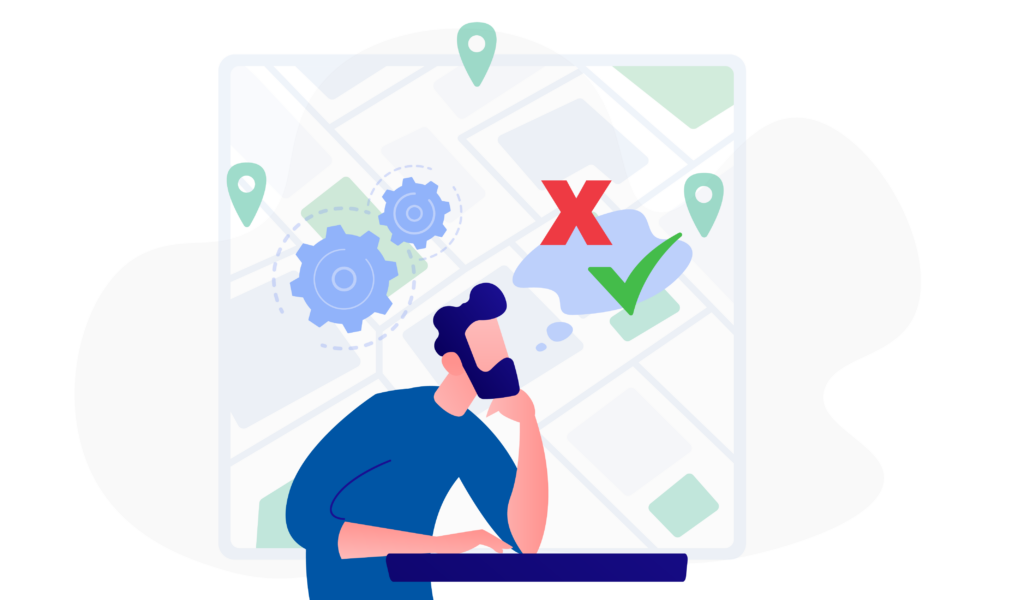
Step-by-Step Guide to E-Commerce Enablement (with Expert Tips!)
Here’s a step-by-step guide to E-Commerce enablement with expert tips to help you stay ahead of the curve.
1. Assess the current state of the market and do market research
Before diving into e-commerce enablement, conduct in-depth market research to have a full understanding of your target audience, competitors, and industry trends.
Expert Tip: Utilize tools like Google Trends, industry reports, and customer surveys to gather valuable insights.
2. Choose the Right E-Commerce Platform
Selecting the right e-commerce platform is vital for the success of your online store. Consider factors such as your business needs, goals, budget, scalability requirements, and technical expertise.
Expert Tip: To test their features and functionalities, use free trials and demos offered by platforms like Shopify, WooCommerce, and Magento.
3. Plan Website Development and Design
Collaborate with experienced web developers and designers to create a visually appealing and user-friendly website. Ensure that your website shows your brand identity, showcases your products effectively, and provides a seamless shopping experience.
Expert Tip: Prioritize mobile responsiveness and fast loading times to cater to the growing number of mobile shoppers.
4. Integrate Payment Gateways and Security Measures
Security is paramount in e-commerce, so choose reliable payment gateways like PayPal, Stripe, or Square to facilitate secure online transactions. Implement SSL certificates and other security measures to protect customer data and build trust.
Expert Tip: Offer multiple payment options to cater to diverse customer preferences and increase conversion rates.
Consequently, ensuring secure delivery is equally important. By integrating real-time tracking and secure packaging into your fulfillment services, you can safeguard your products during transit, ensuring they reach customers intact and on time.
5. Implement Inventory Management Systems
Invest in inventory management software to effectively track stock levels, manage product listings, and streamline order fulfillment processes. Ensure seamless integration with your e-commerce platform for real-time inventory updates and efficient inventory management.
Expert Tip: Use inventory forecasting tools to predict demand, prevent stockouts, and optimize inventory levels.
6. Optimize Shipping and Fulfillment
Partner with reliable shipping carriers and fulfillment centers to provide fast and cost-effective delivery of orders. Implement order tracking systems and provide customers with transparent shipping options and delivery estimates to enhance their shopping experience.
Expert Tip: Offer free shipping thresholds, expedited shipping options, and order tracking to incentivize purchases and improve customer satisfaction.
Quick Wins for Effective E-Commerce Enablement
Ensuring a seamless e-commerce supply chain may pose challenges, but there are quick strategies you can implement to ensure that your customers have an excellent online shopping experience.
1. Understand the pain points of your audience
Conduct surveys, analyze customer feedback, and identify pain points to address and improve the shopping experience.
For instance, e-commerce giant Amazon identified through customer feedback and surveys that customers were often frustrated with slow delivery times. In response, they introduced the Dynamic Delivery Planner, which provides AWS customers with the best route sequence, delivery time window, and real-time routing.
2. Take the buyer journey by yourself
Put yourself in the shoes of a customer and experience each step of the purchasing process firsthand. Provide feedback to your team and make necessary adjustments to enhance the overall customer journey.
For example, Shopify, one of the biggest e-commerce platforms today, requires its stores to conduct regular store audits. This includes gaining insights into their sales volume, stock levels, pricing strategies, and overall customer experience.
3. Focus on business, delegate
Delegate tasks such as logistics and specialized services to reliable third-party providers, allowing you to focus on core business activities and scaling initiatives.
For instance, in 2020, Apple introduced its ship-from-store feature, partnering with FedEx couriers. This initiative aimed to expedite delivery times, ensuring that in-stock items could be shipped as soon as the day after placing an order in the online store. Such a move allowed the company to reduce costs and improve product margins.

Future Trends to Follow in E-Commerce Enablement
After implementing robust online commerce enablement, it’s time to future-proof your strategy by incorporating these market trends:
a. Same Day Delivery Services
Implementing same-day delivery may initially seem daunting, but it significantly benefits customer relations and warehouse management. According to a recent Attabotics report, 80% of surveyed executives view same-day delivery as a means to boost revenue while cutting supply chain costs.
Retailers and e-commerce businesses are forming partnerships with local delivery services or leveraging their logistics networks to provide same-day delivery options. This trend improves the customer experience by shortening delivery times and meeting the expectations of today’s fast-paced consumers.
b. AI-Powered Personalization
AI-powered Personalization entails harnessing artificial intelligence algorithms to customize the online shopping experience according to customer preferences. It’s widely adopted among e-commerce brands, with recent surveys indicating that 74% of companies already incorporate website personalization.
E-commerce businesses can offer personalized product recommendations, targeted marketing messages, and tailored shopping experiences by analyzing customer data, browsing behavior, purchase history, and demographic information. This approach enhances customer engagement, increases conversion rates, and fosters brand loyalty.
c. Voice Commerce
Voice Commerce, also known as voice shopping, allows customers to purchase voice commands through virtual assistants such as Amazon Alexa, Google Assistant, and Apple Siri. This trend emphasizes the growing popularity of smart speakers and voice-enabled devices in households worldwide.
E-commerce brands must adapt to this trend, as indicated by Edison Research, which suggests that 62% of the purchasing population in the USA already owns a voice assistant device.
d. Augmented Reality Shopping Experiences
With the launch of the Vision Pro, Apple has officially entered the augmented reality (AR) realm, signaling a potential revolution in internet usage.
AR shopping experiences enable customers to visualize products in real-world settings using AR technology. By superimposing digital images or 3D models onto the physical environment via smartphones or AR glasses, customers can virtually try on clothing, experiment with furniture placement, or preview products in their homes before buying.
E-commerce businesses integrate AR features into their apps and websites to improve product visualization, boost engagement, and minimize product returns.
e. Sustainable and Eco-Friendly Practices
According to a survey by McKinsey & Co., over 60% of Americans are willing to pay extra for products from sustainable companies.
E-commerce businesses should integrate sustainable practices into their operations, including using recyclable materials, minimizing carbon emissions, and offsetting environmental impacts across their supply chain. By championing eco-friendly initiatives and offering sustainable products, e-commerce enterprises can appeal to environmentally conscious consumers, set themselves apart from competitors, and foster a more sustainable future.
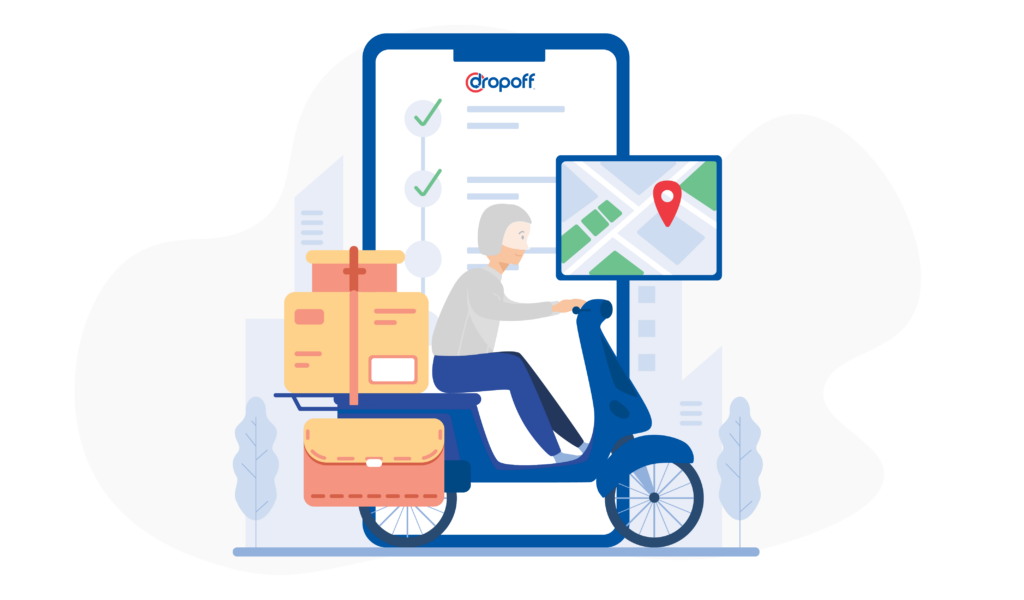
How Can Dropoff Help You with Effective E-Commerce Enablement?
Dropoff emerges as a pivotal partner in optimizing e-commerce operations with its holistic logistics solutions, encompassing order fulfillment, shipping, and delivery services. Dropoff empowers businesses to streamline processes, reduce costs, and elevate customer satisfaction by leveraging advanced technology and an extensive network of fulfillment centers. With a commitment to transparency and flexibility, Dropoff offers real-time tracking, image confirmations, and customizable logistics software tailored to diverse business needs.
Whether it’s same-day delivery options, guaranteed on-time delivery, or personalized services for SMEs, Dropoff’s dedication to reliability and efficiency makes it an indispensable asset in e-commerce enablement.
Final Thought
E-commerce enablement is a multifaceted process that requires careful planning, execution, and continuous optimization. Following this step-by-step guide and leveraging quick wins for effective enablement, you can position your store for success in the dynamic e-commerce landscape in 2024 and beyond.
Frequently Asked Questions
Inventory management ensures accurate stock levels, prevents overselling, and streamlines order fulfillment processes, ultimately enhancing the overall customer experience.
Consider your budget, scalability requirements, and desired features when choosing an e-commerce platform. Research popular options like Shopify, WooCommerce, and Magento to find the best fit for your needs.
Same-day delivery offers significant benefits for customer satisfaction and competitive advantage by reducing delivery times and meeting the expectations of modern consumers who seek convenience and immediacy in their shopping experience.

